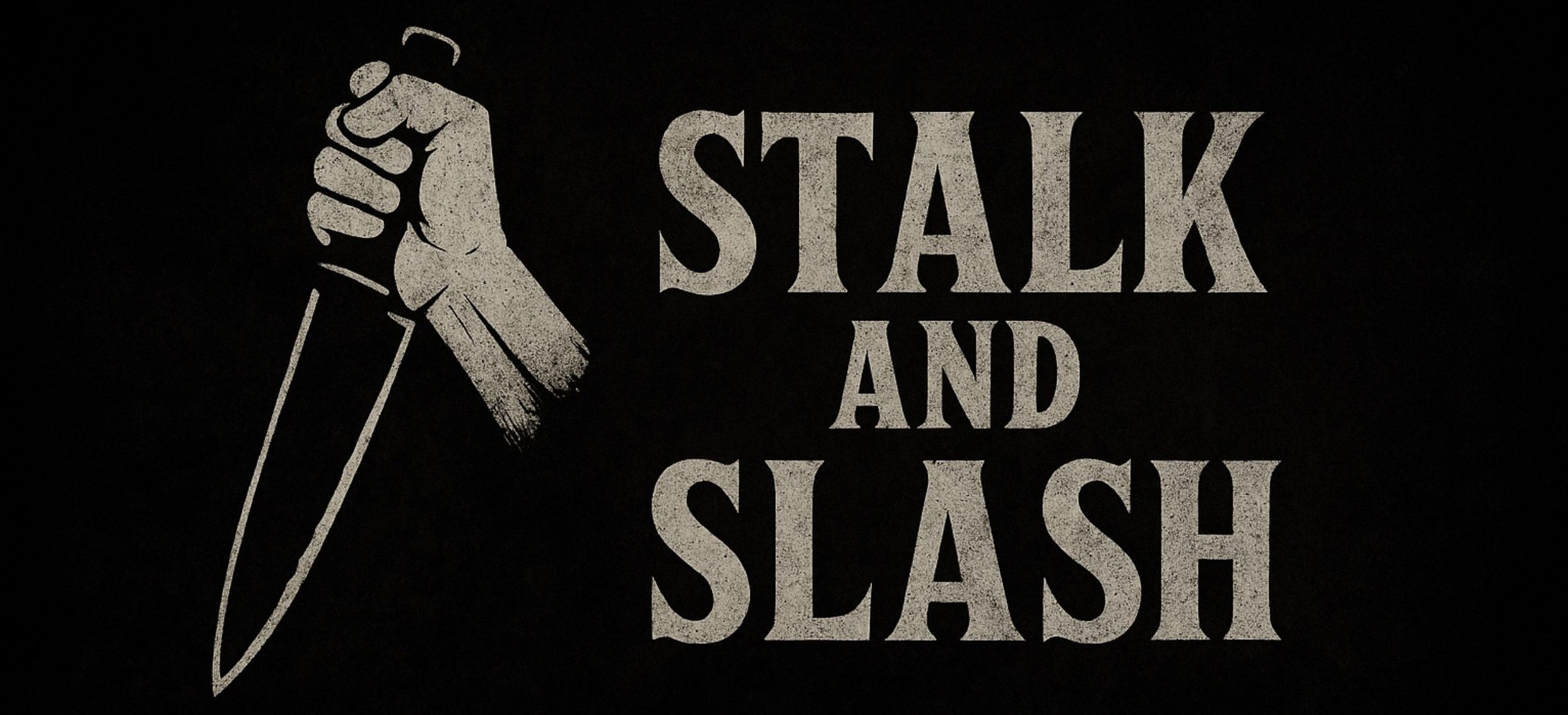
Also Known As: Witchfinder General, “Witchfinder,” The Witch-Hunter, Matthew Hopkins
First Historical / Cinematic Appearance: Witchfinder General (1968 film)
Most Iconic Form: Tall, austere 17th-century hat, dark cloak, gaunt face, cold eyes, wielding instruments of torture
Kill Count: Scores (historical estimates), dozens onscreen
Portrayed by: Vincent Price (1968)
Witchfinder General (1968)

Michael Reeves’s Witchfinder General casts Matthew Hopkins as a ruthless itinerant judge in 17th-century England, travelling through villages under pretext of purging witchcraft. He arrives in a small Puritan village—Hemsworth—already torn by suspicion, fear, and social unrest.
Hopkins is introduced as a man of authority, selling his services to local magistrates who wish to rid their lands of suspected wickedness. In practice, he profits from accusations: confiscating property, extracting confessions under torture, and condemning innocents to death by hanging, drowning, or burning. His methods are cold, systematic, and infinitely sadistic.
As the film progresses, Hopkins becomes personally entangled with Sara (played by Ian Ogilvy), the daughter of a local clergyman, whose fiancé had died at Hopkins’s hands. Hopkins pursues her with manipulative cruelty, seeking both to dominate and punish. He uses interrogations, sleep deprivation, branding, and psychological terror to break both individuals and communities.
His power depends on the credulity and fear of the villagers. He forces people to confess witches among their own kin; he turns families against one another. The climax sees the villagers rise in revolt. Hopkins is chased through the woods, cornered, and struck down by the angry mob—his reign of terror ending at the hands of those he terrorised.
The film’s tone is grim, bleak, and morally unflinching. Hopkins is not supernatural—he is horror made flesh in human cruelty and religious zealotry.
Historical Context & Legacy

Matthew Hopkins was a real figure in 17th-century England, active during the English Civil War’s chaos. Between 1644 and 1646, he claimed responsibility for the trial and execution of dozens (some accounts reach into the hundreds) of alleged witches, mostly in East Anglia.
Reeves’s film exaggerates aspects for cinematic effect, but retains the core of Hopkins’s brutality and exploitation of superstition. The fictionalised version amplifies the horror of inquisitorial zeal—the idea that fear and religion can become tools of genocide.
Due to censorship and moral panic, Witchfinder General was banned or heavily trimmed in several countries. The film’s reputation grew over time as a cult classic, largely thanks to Vincent Price’s chilling performance and the direct, unsparing depiction of torture and fanaticism.
Psychology & Behaviour

Witchfinder General is a man of conviction, but his fervour is deeply hypocritical. He condemns witchcraft while committing monstrous acts under its banner. His cruelty is methodical; he believes in his role as arbiter of divine justice. He uses fear, social pressure, and institutional backing to maintain dominance.
He is charismatic in speech but monstrous in action. Unlike supernatural villains, his power derives from belief, legal sanction, intimidation—and of course, terror. He lives among the people while elevating himself above them.
Cultural Impact
- Widely regarded as one of the greatest horror dramas of the 1960s
- Vincent Price’s role as Hopkins is often cited as one of his most serious, chilling performances
- The film is studied for its intersection of horror and historical tragedy
- Inspired later witch-hunting narratives and horror stories about fanaticism—showing that the greatest horrors may be human
- The figure of Hopkins remains an archetype for religious terror and inquisitorial horror in fiction
League Placement
Witchfinder General belongs in Premier Class. He is not a high-body count slasher or supernatural horror, but he embodies cruelty as doctrine. His legacy endures not by jump scares or monsters, but by how deeply his terror is tied to institutional belief, torture, and the darkest aspects of human authority.
